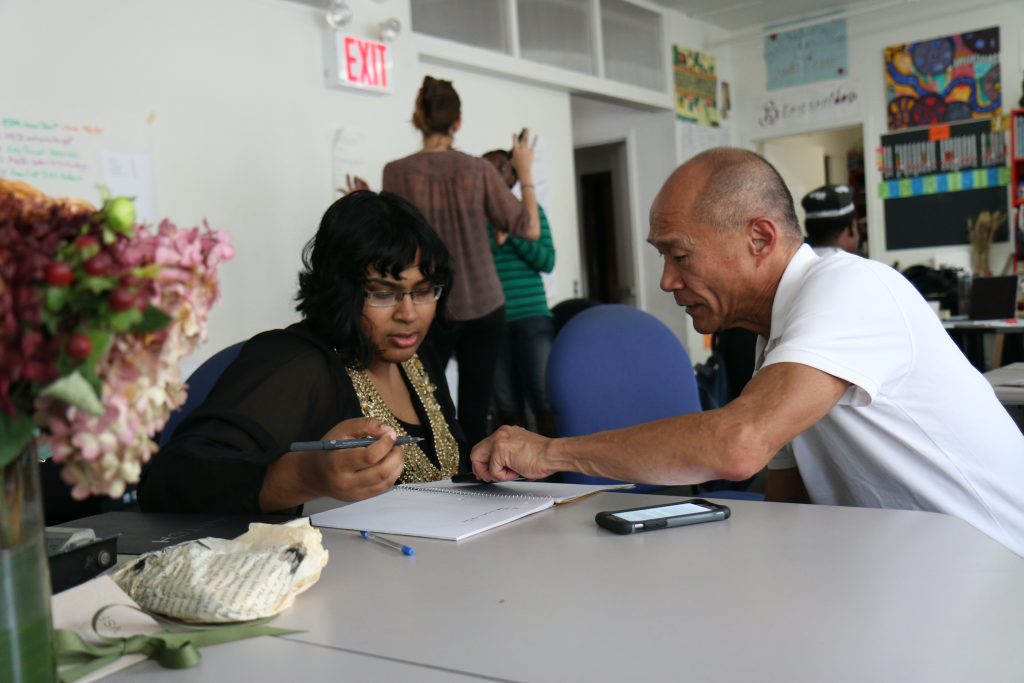Coronavirus has Non-medical discipline does not require as much hard work or dedication as compared to medical studies. You will find essay writers all over the web who write regarding medical topics. These writers are providing students with unique material and topics.
WHAT DOES THE PANDEMIC MEAN FOR A MEDICAL STUDENT?
If you are an aspiring doctor, a physician or a nurse waiting to step into the professional world, you will like this article. You know how different have become for medical students after the break out of the corona pandemic. The disease is becoming fatal every day as it has already killed millions around the globe.
The pandemic will change how we live and treat those who are sick. There is a lot of research done on the topic, yet there is much more to do. If you are a student looking for dissertation topics for your medical studies then look no further.
WHAT IS A DISSERTATION?
A dissertation is a formal educational document that researches on a particular topic within a premise. A dissertation is subjective as it follows a particular pattern of order. Dissertations are an essential part of the academics of students if they are a medical student.
DON’T KNOW WHAT TO WRITE ABOUT?
If you are a medical student and are not sure about his or her next dissertation topic, look no further. We have compiled a list of the best 10 topics that you can use in your next medical dissertation. Let’s begin!
Coronavirus and Microbiology:
The first thesis topic that we have on our list is the relationship between the coronavirus and microbiology. It is the most anticipated research topic because people do not know much about the virus. The coronavirus is gradually becoming a familiar disease for us, but there is still much that we need to learn.
If, you are a medical student that make sure that you study the relationship of coronavirus with microbiology. Millions of dollars are now invested by companies around the globe to make sure that we find the necessary information on the topic. The Corona Pandemic has killed millions around the world, but we still are not sure of its nature, its intensity, its origin or its treatment
Consider taking this as a thesis topic if you are a medical student because you never know if you will make a breakthrough. Multimillionaire companies are ready to invest in researches that revolve around corona and microbiology.
Replication of Coronavirus within a cell:
The next topic on our list takes a look into how the corona virus-cell tends to spread. The spreading of the virus has made it one of the most deadly viruses that the world has seen. The coronavirus cells are a single-stranded body that spread on contact.
It becomes attached to the membrane of the cell. It makes it nearly impossible to remove the virus without having the required anti-bodies. It is a strong potential topic for your next dissertation if you want to study the virus and how it spreads.
Coronavirus and its carriers:
An interesting topic to study is how coronavirus affects animals and humans. There are a lot of international researches on the topic to see how the different carriers react to the virus. Scientists are taking these researches on animals to include and rule out the animals affected and immune to the coronavirus.
It is still a nascent field and requires years of research and expertise. You can step into this research if you feel like you can do it.
Coronavirus and its transmission:
We are already doing a lot of brainstorming and debates over the matter of coronavirus. We initially believed that the virus spreads to contact only. However, scientists claim that it is airborne as well. The new findings have changed how we perceive and prevent the disease. The world will see a huge difference in the strategy against corona if the more factors of transmission come forward through research.
This topic will prove to be the most crucial ones as it determines our interaction and defence against the deadly disease.
Signs and symptoms:
It is a controversial topic to consider because the symptoms are completely subjective. Shortness of breath, fever, cough and other factors were first identified as the signs of a corona patient. However, there were millions of cases who were asymptomatic (they did not show any symptoms.
According to statistics, more than 50% of the transmissions occur because of A-symptomatic patients because they do not follow precautions. Most of these carriers are young people who infect others.
Gender-based study of coronavirus:
Another unique aspect of corona research is to study the effects of the virus on men and women. Scientists have started working on the classification of the intensity and the damage of the symptoms according to gender. Researchers wish to confirm if the coronavirus affects the men and women equally.
Other noticeable factors that are also considered in this study are family history, age groups and gender. You need to follow a comparative strategy when working on research like this.
Diagnostic and testing:
There is no absolute system to detect coronavirus in the human body. The current tests are merely a potential indicator and do not ensure 100% reliability. Thus it is a good topic to start working on if you are medical students.
Imagine the kind of work you would do if you could highlight all the diagnostics with accuracy. It would change the fight against corona completely. The current testing methods include taking a cotton swab and inserting into the respiratory tract. Doctors diagnose the patient based on the data that comes after the testing. However, this method is not always correct, and there is a huge chance of making errors.
Prevention against Corona:
We have all heard how prevention is better than cure. It is what doctors have suggested for a long time. Preventive measures against corona include physical distancing, wearing masks and much more. However, there could be additional steps that we can take to ensure that we stay safe from the virus. You can work on the topic and discover new ways to prevent the virus.
Vaccination for the virus:
It is the most obvious and the most popular dissertation topic at the moment. People from all over the world are trying to formulate a vaccine against coronavirus. Various countries have claimed to find the antidote but, we have still not seen promising results.
It is a good way to start your research, who knows you could be the one who cracks the problem!
Treatment of Corona:
The biggest reason why millions of people have died is that there is no solid treatment for the virus. Countries suffered through the disease as people kept dying. Essay writers are urging medical students to start working on the treatment because Medical students need to work on finding permanent treatment for the virus. They can save millions of more lives from dying if they can be successful in this venture.









